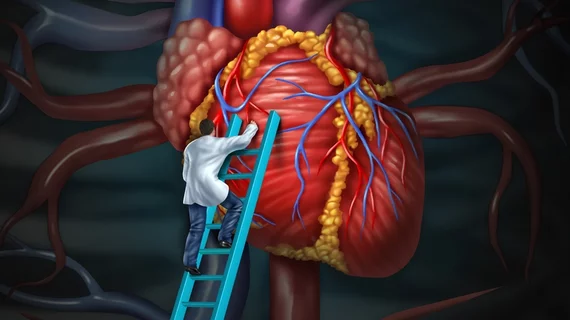Atrial fibrillation outcomes have improved, but more work is still necessary to ‘stem the epidemic’
Mortality associated with newly diagnosed atrial fibrillation (AFib) is on the decline, according to a new analysis of more than 18,000 patients. The cardiovascular condition, however, still takes approximately two years off a person’s life.
Researchers explored 43 years of data, sharing their findings in BMJ.
“Evaluating whether the association between AFib and death has changed over time is essential to understand the success or failure of current management of atrial fibrillation,” wrote lead author Nicklas Vinter, MD, Aarhus University in Denmark, and colleagues. “We hypothesized that the association between AFib and death would decline over time.”
Vinter et al. tracked the outcomes of Framingham Heart Study participants, breaking the group down into three different time periods. In the first time period, 1972 to 1985, study participants with AFib averaged living 2.9 fewer years than healthy patients who did not have AFib. In the second time period, 1986 to 2000, that number had dropped to 2.1 fewer years than healthy patients. Finally, from 2001 to 2015, participants averaged living 2.0 fewer years than healthy patients.
“Improvement in the excess mortality associated with AFib may be explained by continued improvements in early detection, management and treatment,” senior author Ludovic Trinquart, PhD, an associate professor at the Boston University School of Public Health, said in a prepared statement. “But the findings of this new study highlight that AFib remains a very serious condition. Advances in prevention will be essential to stem the epidemic of AFib and reduce its associated mortality.”

